Shifting to a new food freezing method could make for safer and better quality frozen foods while saving energy and reducing carbon emissions, according to a new study by U.S. Department of Agriculture’s Agricultural Research Service (ARS) and University of California-Berkeley scientists.
«A complete change over to this new method of food freezing worldwide could cut energy use by as much as 6.5 billion kilowatt-hours each year while reducing the carbon emissions that go along with generating that power by 4.6 billion kg, the equivalent of removing roughly one million cars from roads,» said ARS research food technologist Cristina Bilbao-Sainz. She is with the Healthy Processed Foods Research Unit, part of ARS’s Western Regional Research Center (WRRC) in Albany.
«These savings could be achieved without requiring any significant changes in current frozen food manufacturing equipment and infrastructure, if food manufacturers adopt this concept,» Bilbao-Sainz added.
The new freezing method, called isochoric freezing, works by storing foods in a sealed, rigid container—typically made of hard plastic or metal—completely filled with a liquid such as water. Unlike conventional freezing in which the food is exposed to the air and freezes solid at temperatures below 32 degrees F, isochoric freezing preserves food without turning it to solid ice.
As long as the food stays immersed in the liquid portion, it is protected from ice crystallization, which is the main threat to food quality.
«Energy savings come from not having to freeze foods completely solid, which uses a huge amount of energy, plus there is no need to resort to energy-intensive cold storage protocols such as quick freezing to avoid ice crystal formation,» Bilbao-Sainz said.
Isochoric freezing also allows for higher quality storage of fresh foods such as tomatoes, sweet cherries and potatoes that are otherwise difficult to preserve with conventional freezing.
Another benefit of isochoric freezing is that it also kills microbial contaminants during processing.







Copyright © 2022 CTNC. Desarrollada por Mark Sonoma.